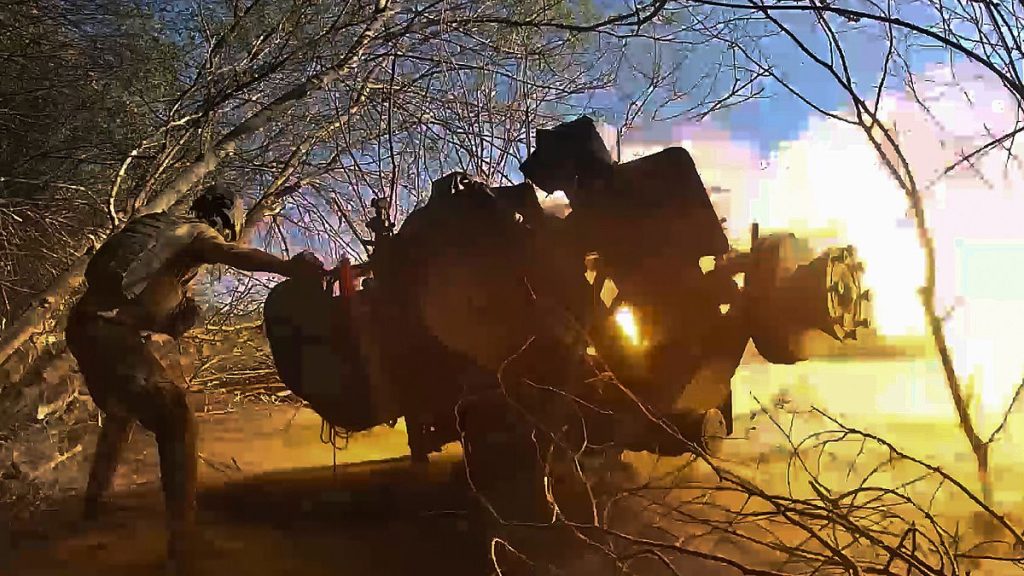Ukrainian military intelligence estimates that North Korean troops are suffering heavy casualties in fighting in Russia’s Kursk region, with approximately 3,000 soldiers killed or wounded. These troops are facing logistical difficulties and supply shortages due to Ukrainian attacks. This information marks the first significant estimate of North Korean casualties in the conflict, following Kyiv’s announcement that Pyongyang had sent between 10,000 and 12,000 soldiers to help Russia in the war. Ukrainian forces launched an incursion into the Kursk region in August, disrupting Russia’s offensive efforts and forcing them to redeploy troops from eastern Ukraine.
President Volodymyr Zelenskyy announced that the United States is increasing military aid to Ukraine, although he did not specify the amount. This aid is crucial in balancing the situation and disrupting the pace of Russian assaults. Zelenskyy emphasized the importance of strengthening their military capabilities while maintaining strong diplomatic positions. Concerns have been raised about the potential cut-off of military aid under President-elect Donald Trump, who has been critical of the level of support provided to Ukraine in the past.
President Vladimir Putin of Russia has threatened to strike Ukraine again with their new Oreshnik hypersonic ballistic missile, which was first used in a strike on Dnipro on 21 November. While Russia only has a few Oreshnik missiles, Putin did not rule out their use on Ukraine if necessary. The new weapon is intended for specific tasks and is part of Russia’s efforts to bring an end to the conflict in Ukraine. Putin also mentioned that Slovakia had offered to host potential peace talks, indicating some diplomatic efforts to resolve the ongoing conflict.
Despite suffering casualties, Russian forces have been able to reclaim some territory in the Kursk region from Ukrainian forces, although they have not fully dislodged them. The ongoing conflict has had significant implications for both sides, with North Korean troops facing heavy losses and logistical challenges. Ukraine’s military intelligence continues to monitor the situation and provide estimates of casualties and other developments in the conflict. The involvement of various countries, including the United States, Russia, North Korea, and Slovakia, underscores the international dimension of the conflict and the efforts to find a resolution.
The Biden administration has been pushing to send additional military aid to Ukraine before Trump takes office. This aid is seen as critical in maintaining a balance of power and supporting Ukraine’s efforts against Russian aggression. Zelenskyy’s acknowledgment of increased military aid from the United States highlights the importance of international support in the conflict. The supply of military equipment and resources is seen as essential in countering Russian advances and ensuring Ukraine’s security and stability.
Overall, the conflict in Ukraine involving North Korean forces, Russian troops, and Ukrainian military forces highlights the complexities and challenges of the ongoing war. The involvement of multiple countries, the use of advanced weaponry, and the impact on civilian populations all underscore the importance of finding a diplomatic solution to the conflict. Efforts to increase military aid, threats of further escalation, and potential peace talks all point to the ongoing struggle to bring an end to the violence and achieve lasting peace in the region.


